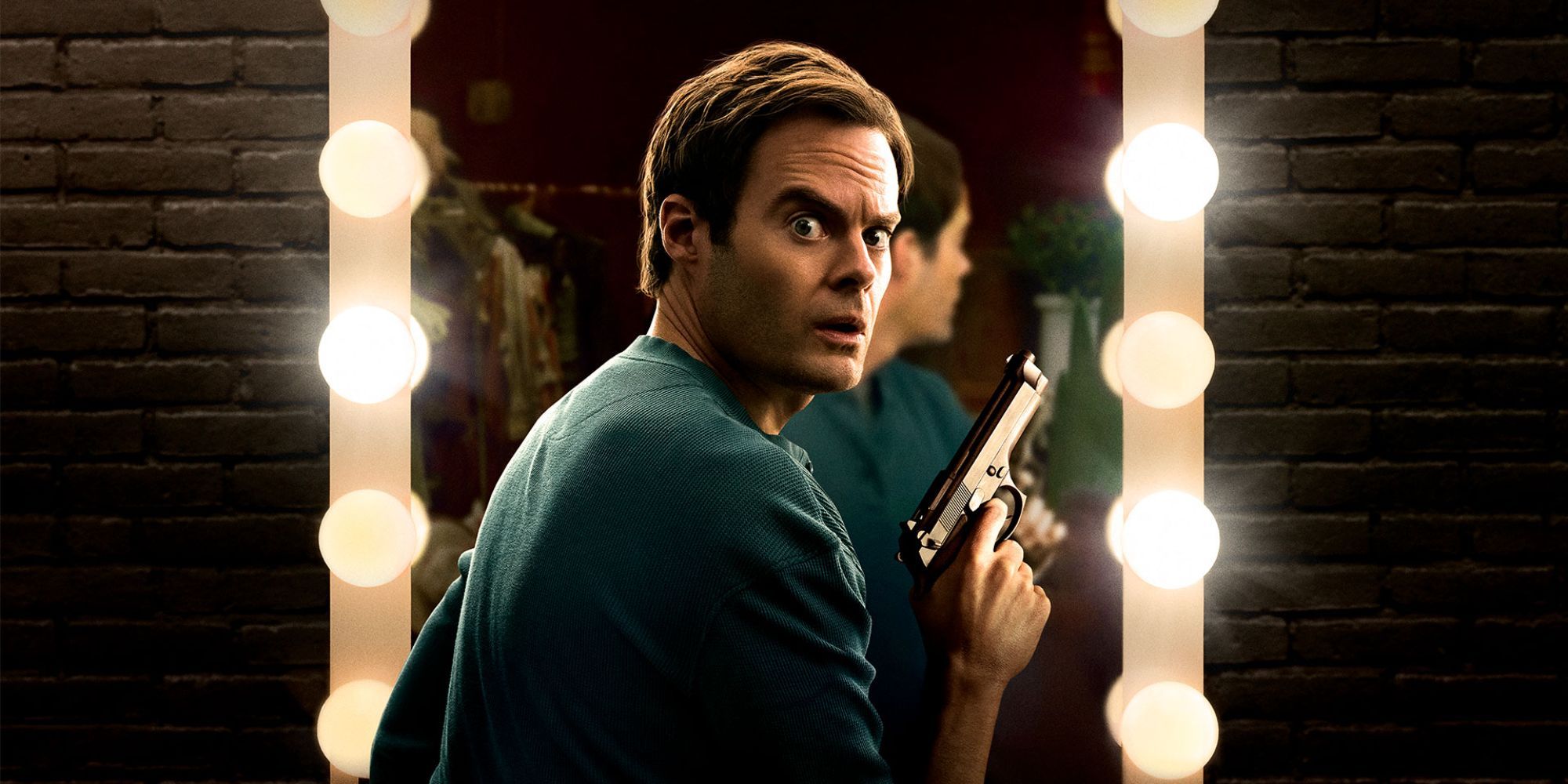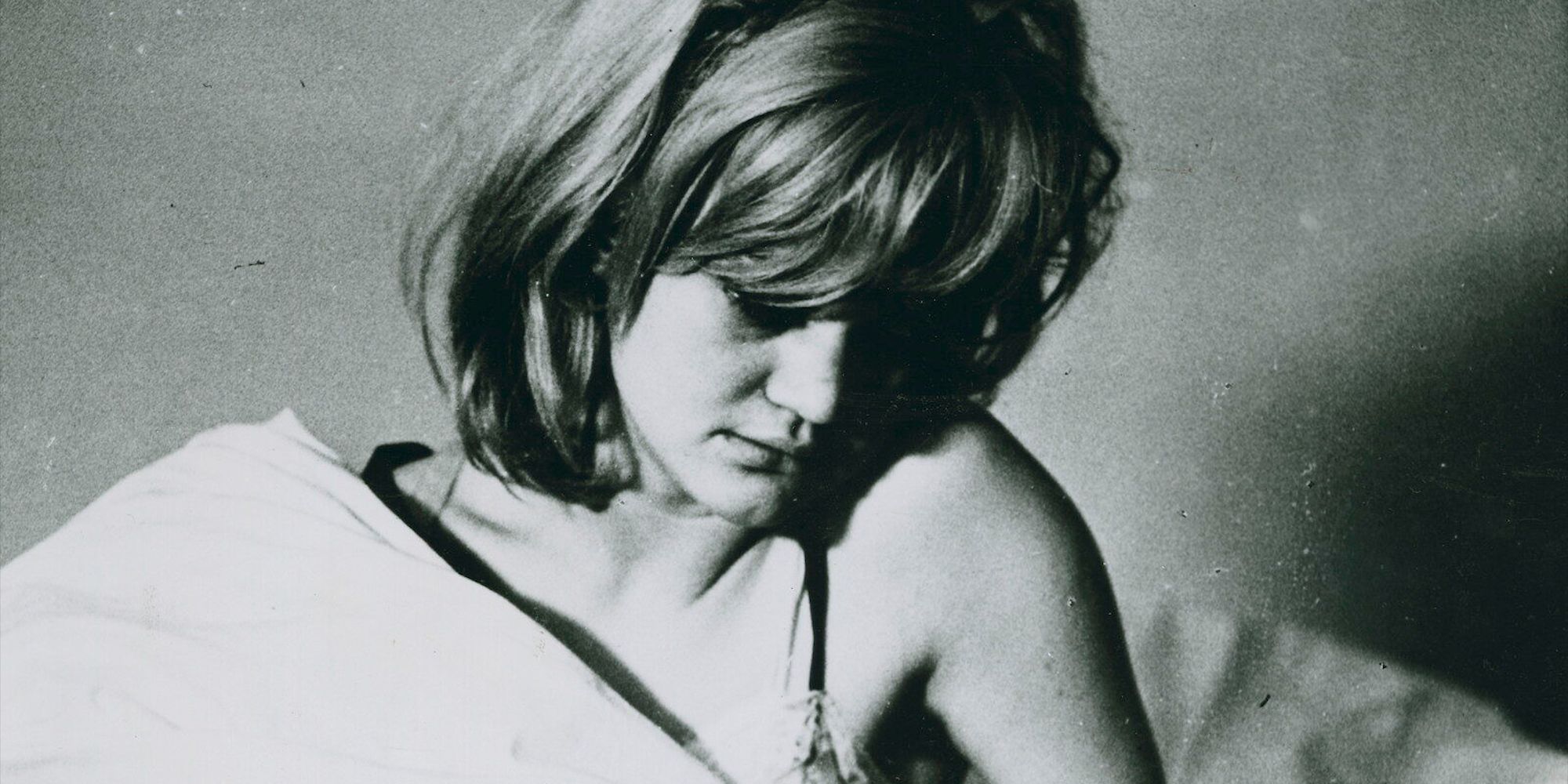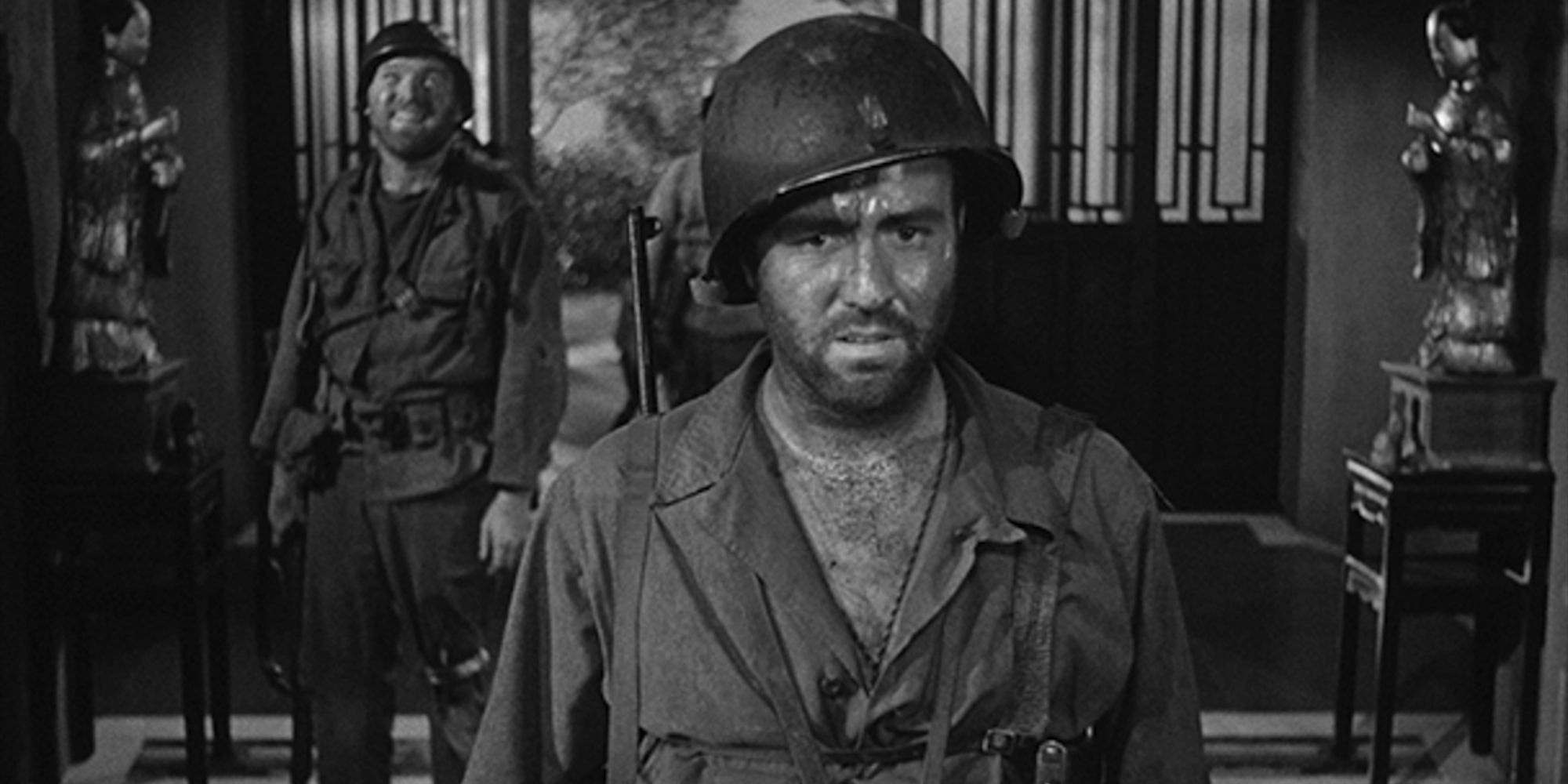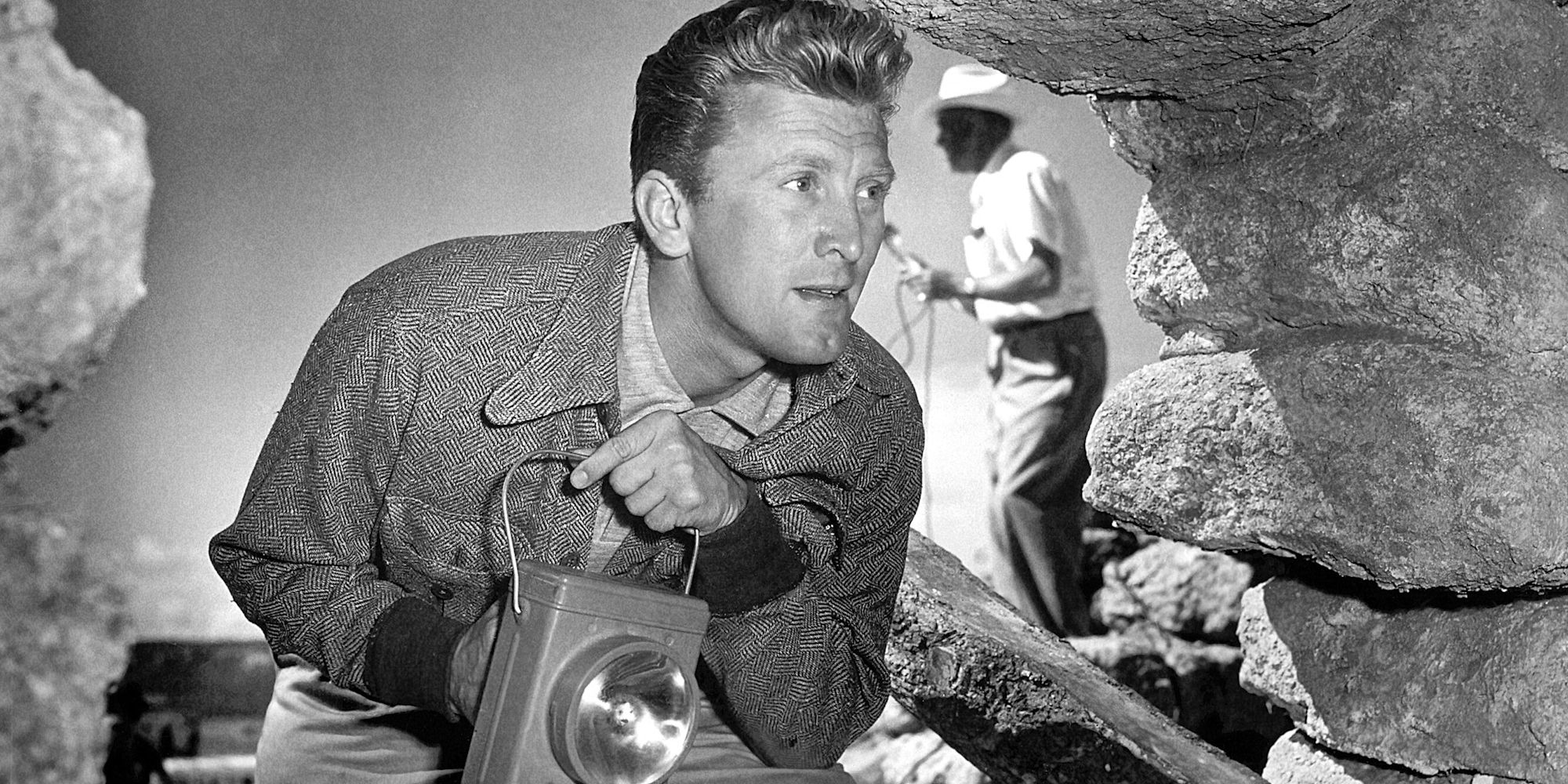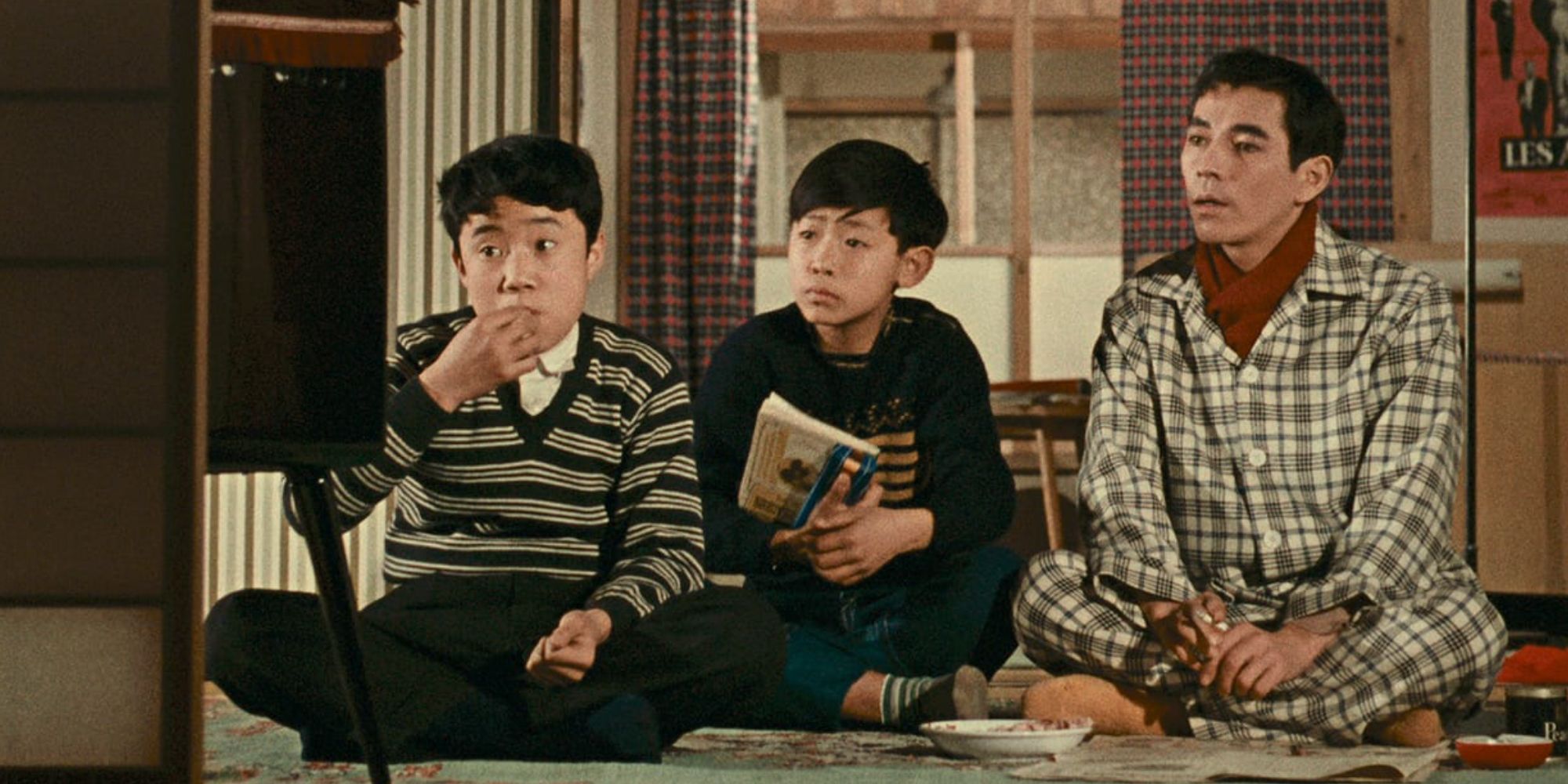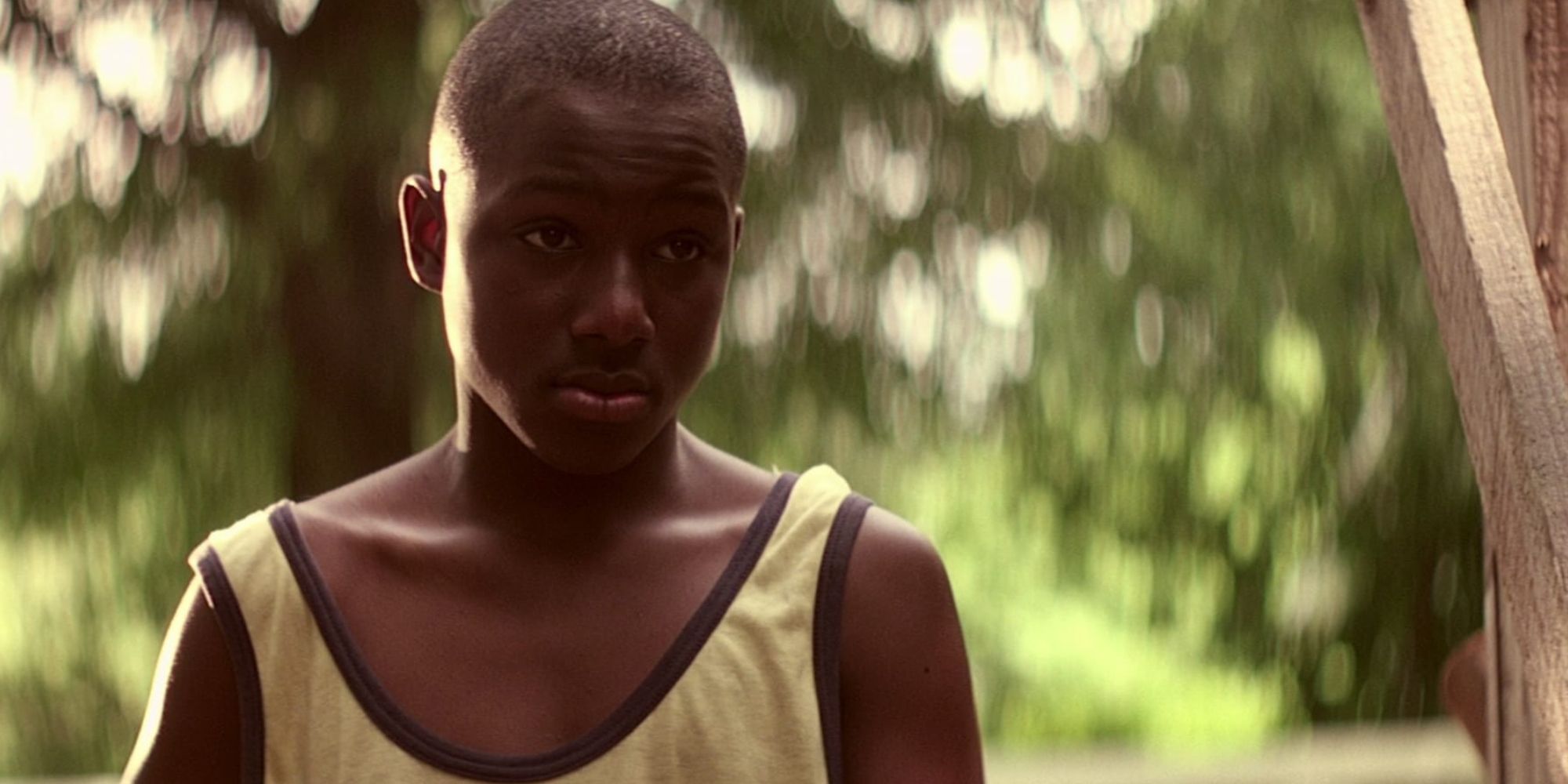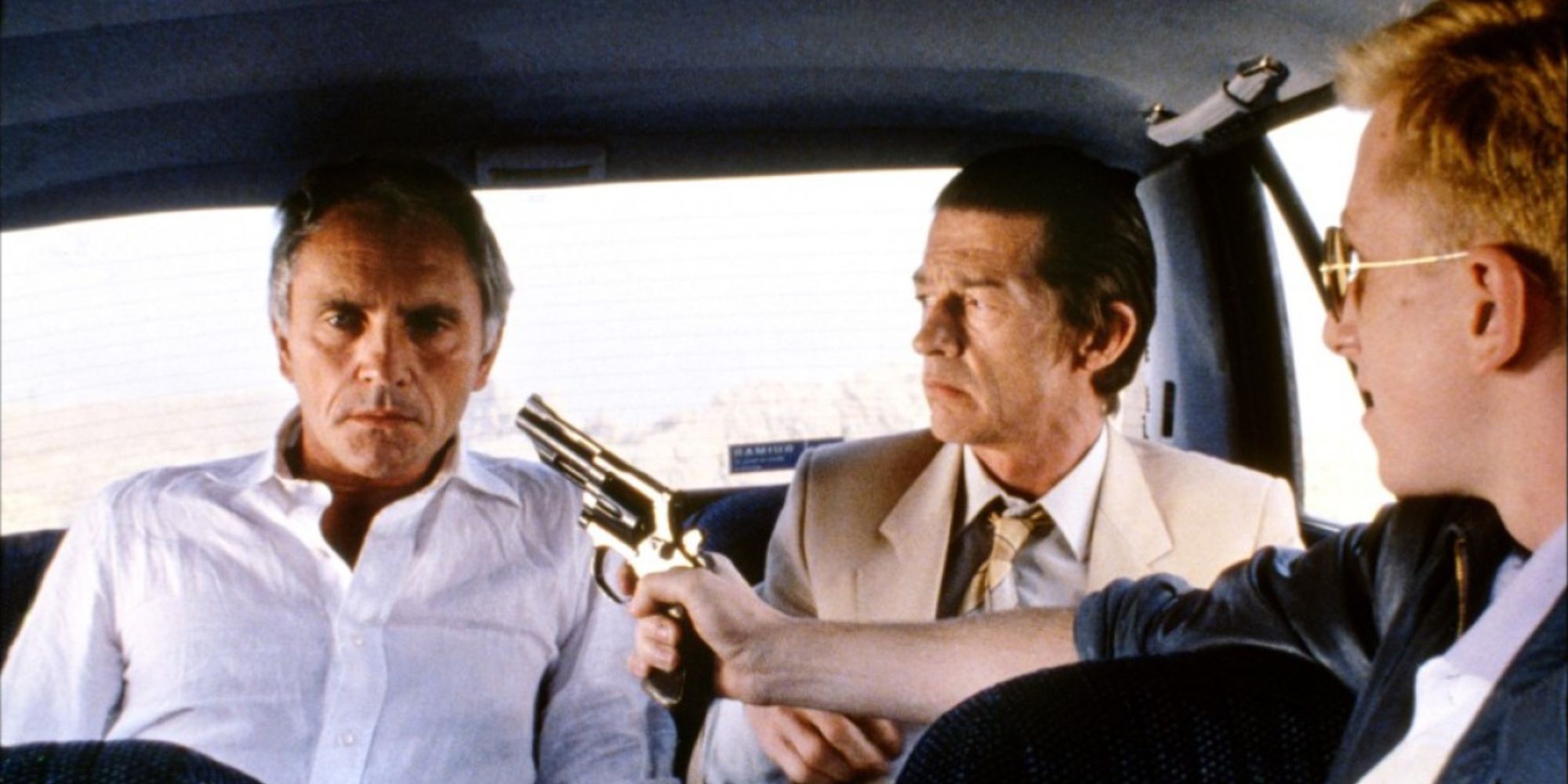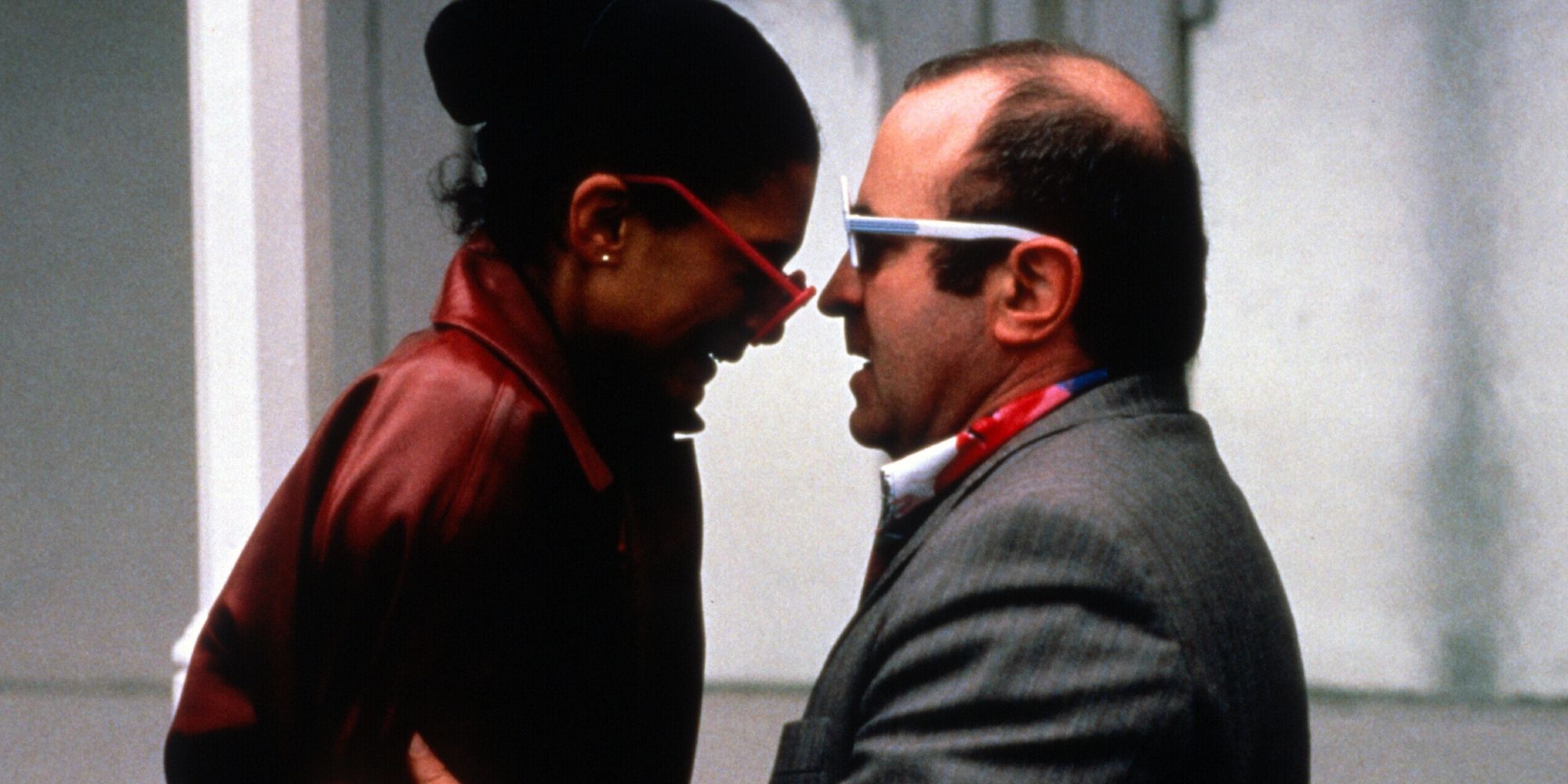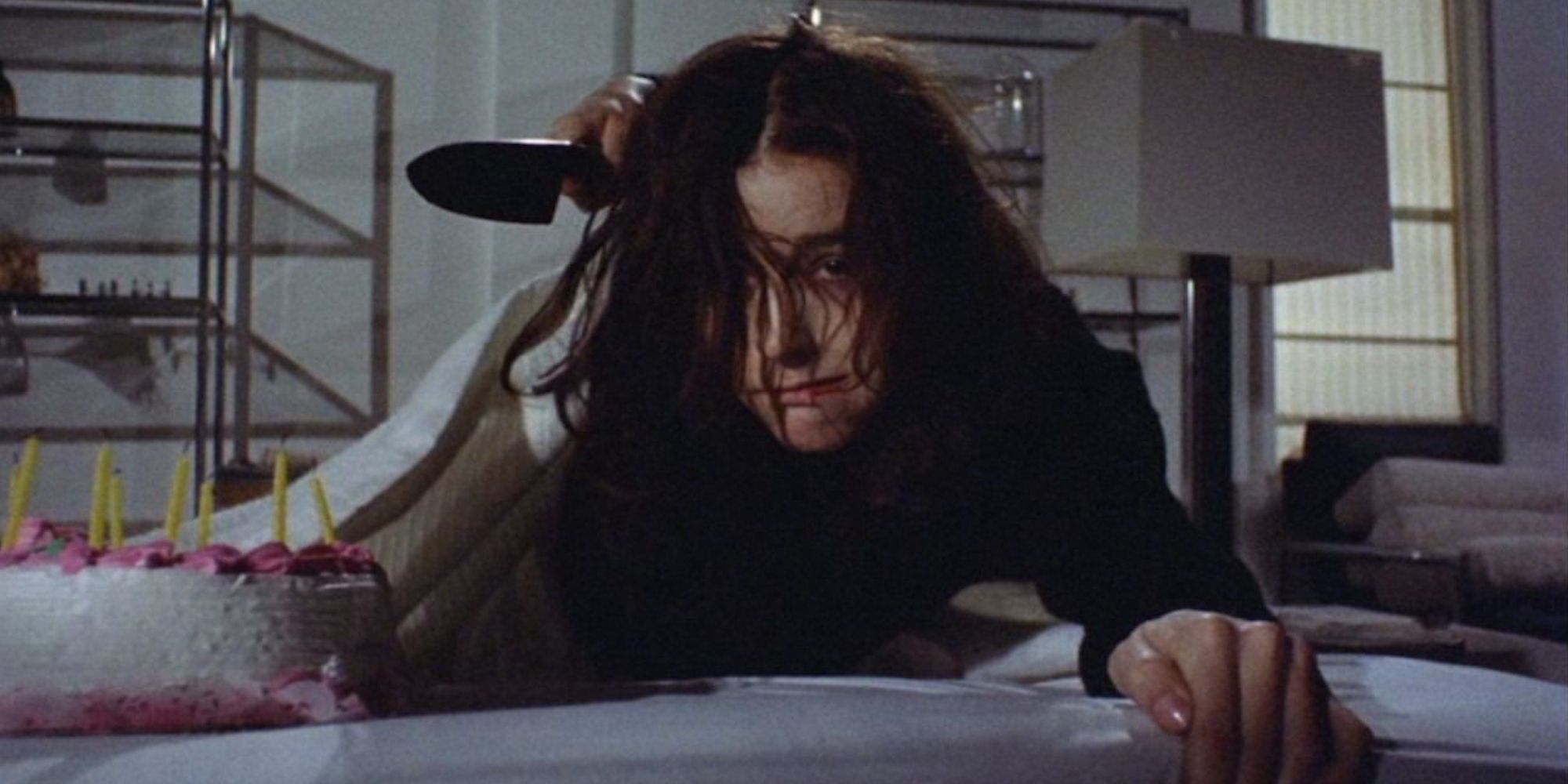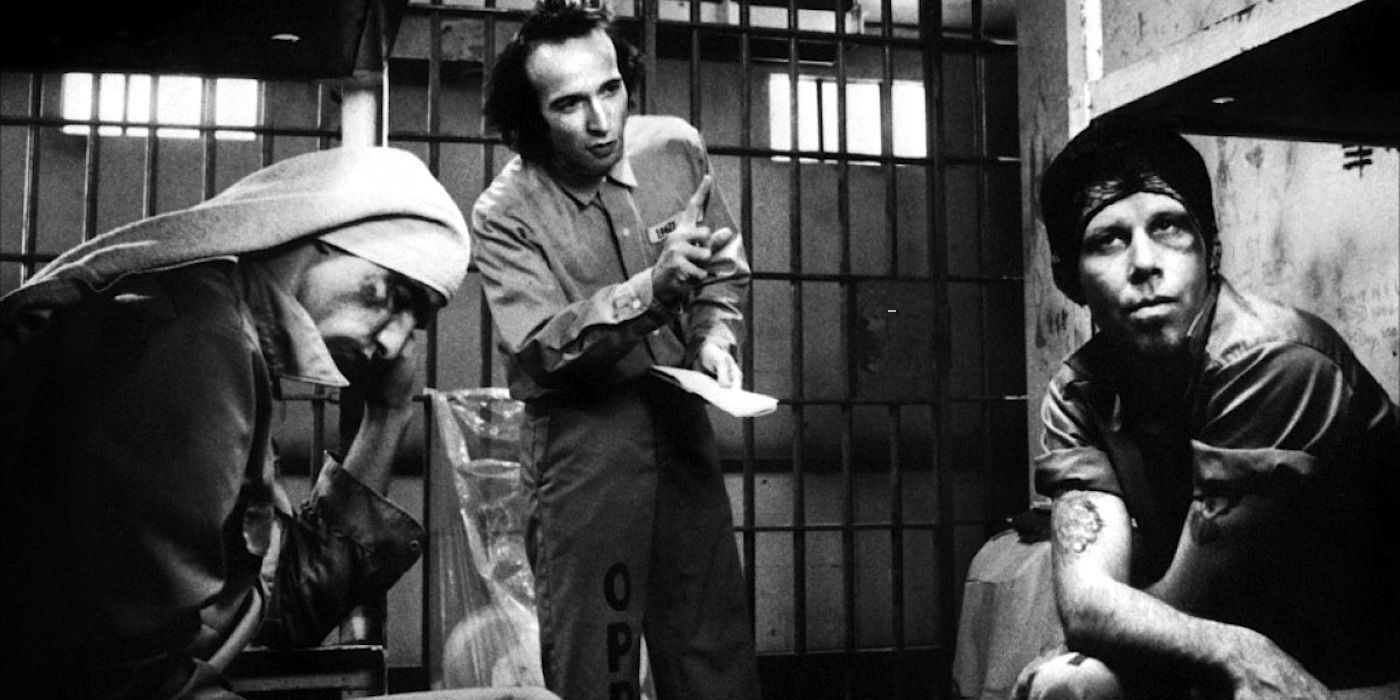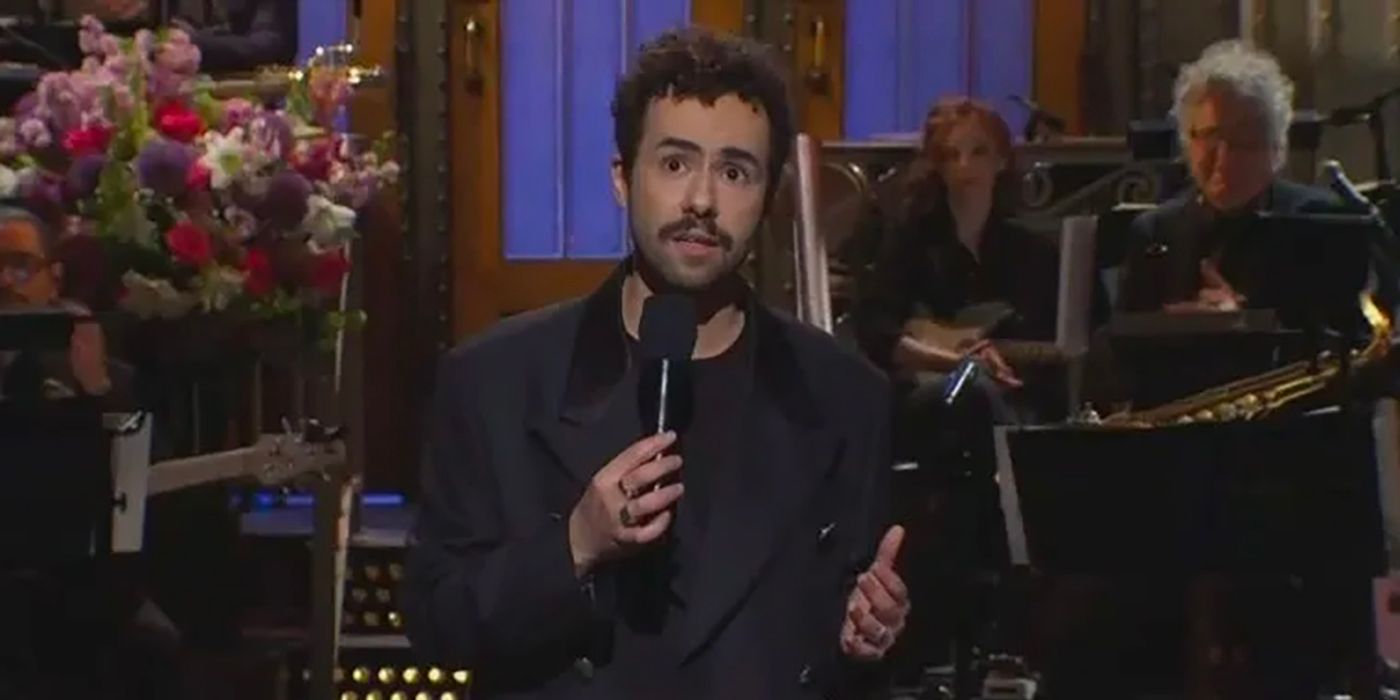In recent years, Bill Hader has established himself as a true multi-hyphenate. He first rose to attention as a scene-stealing cast member on Saturday Night Live, followed by memorable supporting performances in movies like Hot Rod and Forgetting Sarah Marshall. More recently, he revealed greater acting range in It Chapter Two and showed off his directorial muscle and penchant for darker material with Barry.
Hader’s influences and inspirations go far beyond comedy, however. He’s a big fan of classic writers like Dostoevsky and William Faulkner and has praised films from practically every genre under the sun. Indeed, Hader is a huge cinephile who has gushed at length about many of his favorites. These are some of his most intriguing recommendations.
10 ‘House’ (1977)
Director: Nobuhiko Obayashi
House is a phantasmagoric Japanese comedy-horror about a young girl named Gorgeous (Kimiko Ikegami) and her six friends as they spend their summer vacation at her aunt’s house in the countryside, only to find that the building itself is alive and monstrous. Supernatural forces and bizarre occurrences stalk them there, and the house threatens to devour them one by one. They are possessed, attacked by household items, and, in one sequence, Gorgeous’s head is blown up to giant proportions.
In short, director Nobuhiko Obayashi gleefully takes haunted house tropes to new extremes. The film features deliberately unrealistic, tongue-in-cheek special effects, alongside psychedelic and truly demented imagery. It makes for a great fusion of fantasy, frights, and humor, and also does a great job of capturing the feeling of being young and imaginative. Although critics panned House on release, it has since become something of a cult classic. “This is a crazy f—ing movie,” Hader said simply.
9 ‘Loves of a Blonde’ (1965)
Director: Milos Forman
Loves of a Blonde is a light, charming early work by One Flew Over the Cuckoo’s Nest director Miloš Forman. The film is especially highly regarded in its home country and is considered a quintessential work of the Czech New Wave. Hader included it among his closet picks. It centers on Andula (Hana Brejchová), a young Czech woman who works in a government-run shoe factory.
Everything in her world is run by the government. Unfortunately, they don’t do a very good job of it: due to an error by central state planning, there are now 16 women in her town for every one man. Seeking a relationship, Andula spends the night with visiting pianist Milda (Vladimír Pucholt). She senses a connection and makes the journey to his city, unexpectedly turning up at Milda’s door. She moves in with Milda and his parents, leading to a string of awkward and comic situations.
Watch on Criterion
8 ‘The Steel Helmet’ (1951)
Director: Samuel Fuller
Set during the Korean War, The Steel Helmet focuses on Sergeant Zack (Gene Evans), the lone survivor of an enemy attack on an American patrol. While trying to stay alive, Zack crosses paths with a colorful collection of characters, including a South Korean boy, a captured North Korean soldier, and a war correspondent, eventually forming a ragtag team of fighters. It all builds up to a climactic battle in a temple. The movie is lean and mean, clocking in at just 85 minutes long and using minimalist, black-and-white cinematography.
The Steel Helmet also boasts a terrific opening credits sequence set against the backdrop of an American army helmet with a bullet in its side, which eventually starts to move, revealing itself to belong to the still-alive Zack. “I love how tough and authentic this movie feels,” Hader said. “Gene Evans is so scary. The way he eats that cantaloupe and says ‘That man’s nothing but a corpse. Nobody cares who he is now,’ is truly frightening.”
Watch on Criterion
7 ‘Ace in the Hole’ (1951)
Director: Billy Wilder
Kirk Douglas stars in this Golden Age drama as Chuck Tatum, a down-and-out newspaper reporter who stumbles upon a potentially career-reviving story in the New Mexico desert. He exploits the situation of a man trapped in a cave, turning it into a media circus with the help of unscrupulous tactics. As the trapped man’s predicament becomes a national sensation, Tatum revels in the attention and power that the story brings him, but his moral compass is increasingly compromised.
On release, Ace in the Hole was Billy Wilder‘s first critical and commercial failure, but its reputation has improved over time. “I like Billy Wilder best when he’s nasty. Five Graves to Cairo (especially that ending), Double Indemnity, but nothing, nothing, beats Ace in the Hole,” Hader said. “Kirk Douglas is so despicable, but you understand why he’s doing what he’s doing. You oddly feel for him at times. I love that Wilder takes us there.”
Rent on Amazon
6 ‘Good Morning’ (1959)
Director: Yasujirō Ozu
“Someone said TV would produce 100 million idiots.” Good Morning is a comedy by legendary Japanese filmmaker Yasujirō Ozu, perhaps most well-known for Tokyo Story. At the heart of the story are two young brothers, Isamu (Masahiko Shimazu) and Minoru (Shitara Koji), who decide to engage in a protest by refusing to speak until their parents buy them a television. This seemingly simple act sets off a chain of comedic events and miscommunications within the community. Some of their neighbors misinterpret the boys’ silence as a snub, leading to tensions and arousing the suspicion of their teacher.
Through this family and their neighbors, Ozu delves more deeply into the social changes and generational gaps of life in post-war Tokyo. He shoots it all with his trademark static camera and meticulous framing. Hader saidGood Morning was “one of [his] wife’s favorite movies”, describing it as “a sweet and simple story”. He also praised the fart jokes.
Watch on Tubi
5 ‘George Washington’ (2000)
Director: David Gordon Green
“When I look at my friends, I know there’s goodness.” George Washington follows a group of children living in a decaying industrial town. 12-year-old Nasia (Candace Evanofski) has broken up with her boyfriend Buddy (Curtis Cotton III) and is now interested in the introverted George Richardson (Donald Holden), a kid whose skull never hardened properly. Their lives are upended when George accidentally kills Buddy and he and his friends hide the body.
Despite its meager budget, George Washington makes for a poetic coming-of-age story, buoyed by wonderful performances from its young cast. It was the debut feature by director David Gordon Green, though it’s certainly a far cry from the cheesy comedies he would go on to make, like Pineapple Express and The Sitter. “When I first saw David Green’s George Washington, I was completely blown away by it. The scene where George saves the white kid in the pool, despite his head injury, always makes me cry. Thanks for that, Daaaaave!” Hader said.
Watch on Criterion
4 ‘The Hit’ (1984)
Director: Stephen Frears
The Hit is a crime film by Stephen Frears, the British filmmaker behind High Fidelity, The Queen, and Philomena. Gangster Willie Parker (Terence Stamp) gives evidence against his former associates and slips away to live a quiet life in Spain. Ten years later, he is kidnapped and held captive by world-weary hitman Braddock (John Hurt) and his unpredictable apprentice Myron (Tim Roth). The criminals intend to transport Parker to their boss in France but, on their journey, everything that can go wrong does. Cue a series of madcap antics.
The movie succeeds thanks to the phenomenal performances from this trio, all of whom are iconic in their own ways. (It’s especially intriguing to watch Roth, then just 23 years old.) Hader called Hurt’s performance “truly frightening”. “Add seductive Laura del Sol and music by Roger Waters and Eric Clapton and you have one of my favorite British crime movies ever,” he said.
Watch on Criterion
3 ‘Mona Lisa’ (1986)
Director: Neil Jordan
George (Bob Hoskins) is a recently released ex-con who takes on the job of chauffeuring Simone (Cathy Tyson), a high-class call girl. Initially, they constantly bicker, but an unexpected connection soon blooms between them. Simone tells George that one of her friends is missing and that she fears she is being manipulated by a brutal pimp. George agrees to help find the young woman but, as he digs deeper, he finds himself in ever more danger.
The performances here are great (Hoskins actually received an Oscar nomination for the role.) Crucially, he and Tyson have fantastic chemistry. “When I first saw Mona Lisa, I had no idea who Bob Hoskins was (I was eight). I honestly thought they paid some low-rent criminal money to be in this movie. He was so believable that when I saw Who Framed Roger Rabbit, I was like ‘Hey, that guy really turned his life around. This movie is huge. Good for him.'” Hader said.
Watch on Criterion
2 ‘Sisters’ (1972)
Director: Brian De Palma
Sisters is a psychological horror from the mind of Brian De Palma, the true heir to Alfred Hitchcock. Investigative reporter Grace Collier (Jennifer Salt) witnesses her neighbor Danielle (Margot Kidder) brutally murdering a man and calls the police in shock. However, the cops find no evidence of any wrongdoing. Grace takes it upon herself to find the truth. As she learns more, she begins to suspect that Danielle’s previously conjoined sister may be involved.
Zany and unrestrained, the movie crams an impressive amount of mayhem into its 92-minute runtime. De Palma’s signature style is also evident in the film’s use of dual performance, films-within-films, split-screen, and inventive camera work. “I love early Brian De Palma thrillers, and this is one of the best. Margot Kidder and Jennifer Salt are great. What Psycho did for taking a shower this movie did for giving a birthday cake to your girlfriend. And where Charles Durning’s character ends up is hilarious,” Hader said.
Watch on Criterion
1 ‘Down by Law’ (1986)
Director: Jim Jarmusch
“It is a sad and beautiful world!” ” Down by Law centers on three unlikely companions – a laid-back DJ named Jack (John Lurie), an eccentric Italian tourist and aspiring pimp named Roberto (Roberto Benigni), and a philosophical vagabond named Zack (Tom Waits). These disparate characters find themselves unjustly incarcerated, forming an unexpected bond as they plan and execute a daring escape from prison.
They make it out and start trekking through the bayou, but their own cluelessness, in-fighting, and unchecked emotions could sink their plans entirely. Jarmuschtells their story with confident minimalism, atmospheric cinematography, and deadpan humor. By focusing on character rather than plot, the film serves as a subtle send-up of film noir. “When I was seventeen, I dressed like John Lurie and Tom Waits in Down by Law,” Hader said. “They were the apex of cool in my book. This is my favorite Jim Jarmusch movie. The ‘I scream. You scream. We all scream for ice cream’ scene is classic.”
Watch on Criterion

